
The paintings that appeared on eBay in the fall of 2012 featured skeletal figures with frenzied eyes, blocky crowns, and gnashing rows of teeth. They were done in brilliant blues and electric reds, mostly on scraps of cardboard that ranged from notebook-size to as big as a kitchen table. According to the man who was selling them—a professional auctioneer named Michael Barz man— he’d found them in a storage unit whose contents he’d bought after its renter had fallen behind on his bills. Barz man claimed he’d tossed the art in the trash. Then he’d fished it out and put it online.
Various deal-hunters who saw Barz man’s pieces were impressed by their resemblance to work by Jean-Michel Basquiat, an artist known for his energetic paintings of skulllike faces and expressionistic figures whose art grew only more celebrated after he died from a drug overdose in 1988, at age 27. Within a few months, the cardboards were snapped up by collectors who, intrigued by what they had, threw themselves into establishing who’d made them.
This story is from the {{IssueName}} edition of {{MagazineName}}.
Start your 7-day Magzter GOLD free trial to access thousands of curated premium stories, and 9,000+ magazines and newspapers.
Already a subscriber ? Sign In
This story is from the {{IssueName}} edition of {{MagazineName}}.
Start your 7-day Magzter GOLD free trial to access thousands of curated premium stories, and 9,000+ magazines and newspapers.
Already a subscriber? Sign In
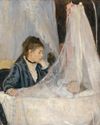
The Dark Origins of Impressionism
How the violence and deprivation of war inspired light-filled masterpieces
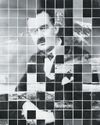
The Magic Mountain Saved My Life
When I was young and adrift, Thomas Manns novel gave me a sense of purpose. Today, its vision is startlingly relevant.
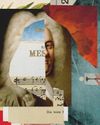
The Weirdest Hit in History
How Handel's Messiah became Western music's first classic

Culture Critics
Nick Cave Wants to Be Good \"I was just a nasty little guy.\"

ONE FOR THE ROAD
What I ate growing up with the Grateful Dead

Teaching Lucy
She was a superstar of American education. Then she was blamed for the country's literacy crisis. Can Lucy Calkins reclaim her good name?
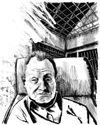
A BOXER ON DEATH ROW
Iwao Hakamada spent an unprecedented five decades awaiting execution. Each day he woke up unsure whether it would be his last.
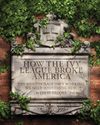
HOW THE IVY LEAGUE BROKE AMERICA
THE MERITOCRACY ISN'T WORKING. WE NEED SOMETHING NEW.

Against Type
How Jimmy O Yang became a main character

DISPATCHES
HOW TO BUILD A PALESTINIAN STATE There's still a way.